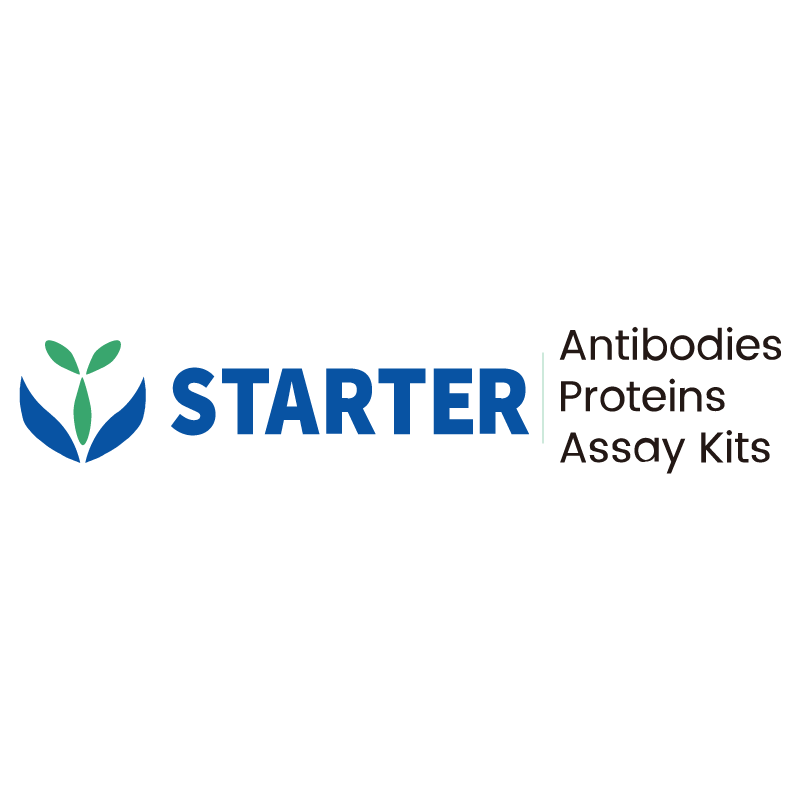Flow cytometric analysis of Lewis Rat splenocytes labelling Rat CD31 antibody at 1/2000 (0.1 μg) dilution/ (Right panel) compared with a Mouse IgG1, κ Isotype Control / (Left panel). Goat Anti-Mouse IgG Alexa Fluor® 488 was used as the secondary antibody. Then cells were stained with CD45RA - APC Antibody separately.
Product Details
Product Details
Product Specification
| Host | Mouse |
| Antigen | CD31 |
| Synonyms | Platelet endothelial cell adhesion molecule; PECAM-1; Pecam1; Pecam |
| Location | Cell membrane, Cell junction |
| Accession | Q3SWT0 |
| Clone Number | S-R587 |
| Antibody Type | Mouse mAb |
| Isotype | IgG1,k |
| Application | FCM |
| Reactivity | Rt |
| Positive Sample | Lewis Rat splenocytes |
| Purification | Protein G |
| Concentration | 2 mg/ml |
| Conjugation | Unconjugated |
| Physical Appearance | Liquid |
| Storage Buffer | PBS pH7.4 |
| Stability & Storage | 12 months from date of receipt / reconstitution, 2 to 8 °C as supplied. |
Dilution
| application | dilution | species |
| FCM | 1:2000 | Rt |
Background
CD31, also known as Platelet Endothelial Cell Adhesion Molecule-1 (PECAM-1), is a transmembrane glycoprotein belonging to the immunoglobulin superfamily, primarily expressed by endothelial cells, platelets, and certain leukocytes. Its structure includes six extracellular immunoglobulin-like domains, which mediate cell-cell adhesion through homophilic (CD31-CD31) or heterophilic interactions. CD31 plays a critical role in maintaining vascular integrity, regulating vascular permeability, and modulating inflammatory responses, particularly by facilitating the transendothelial migration of leukocytes to sites of inflammation. Additionally, it is involved in angiogenesis, inhibition of apoptosis, and intracellular signaling pathways (e.g., Src kinase pathways). Clinically, CD31 is commonly used as a vascular endothelial marker in pathological diagnosis and is associated with pathological processes such as atherosclerosis and tumor metastasis.
Picture
Picture
FC


